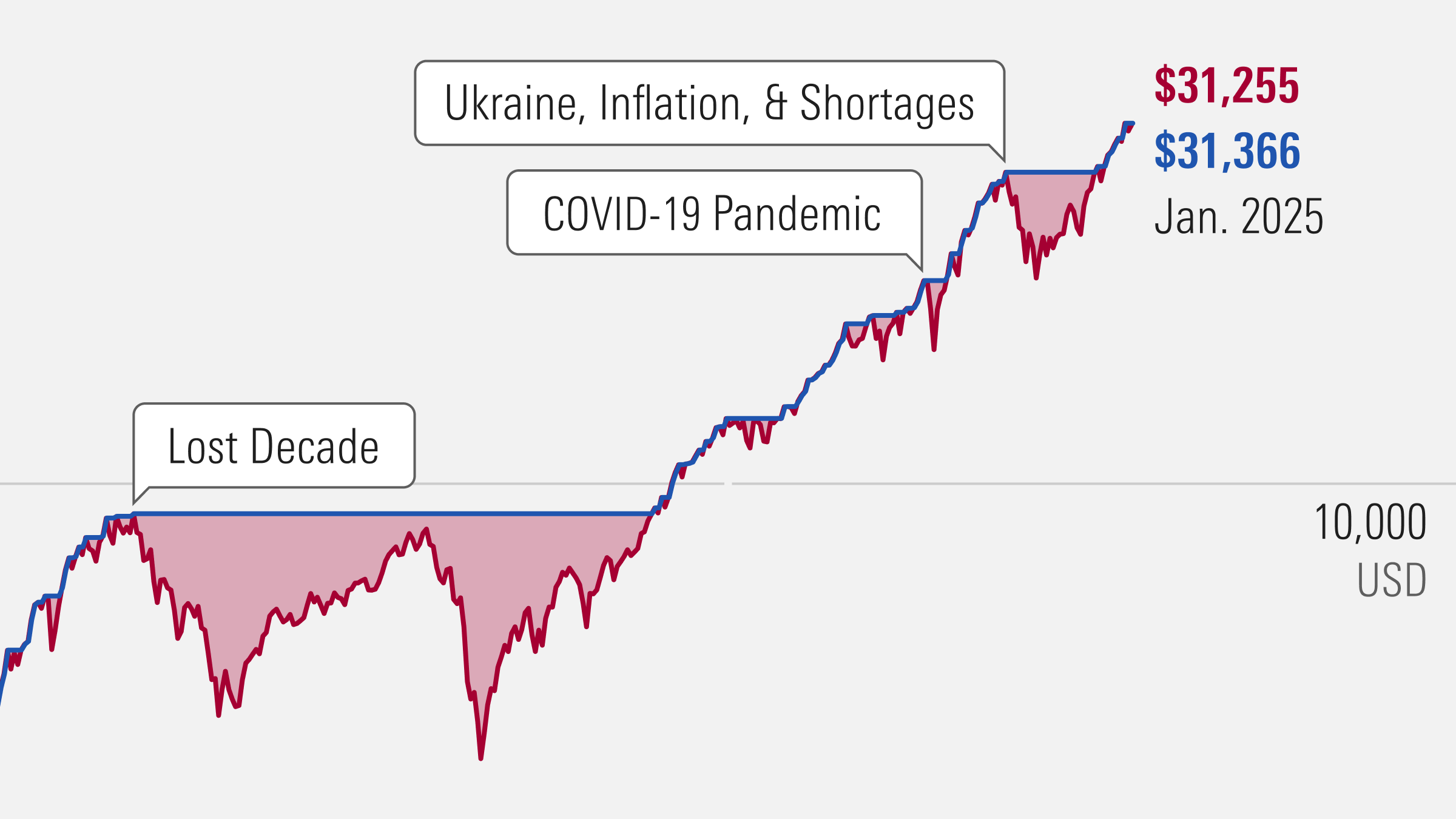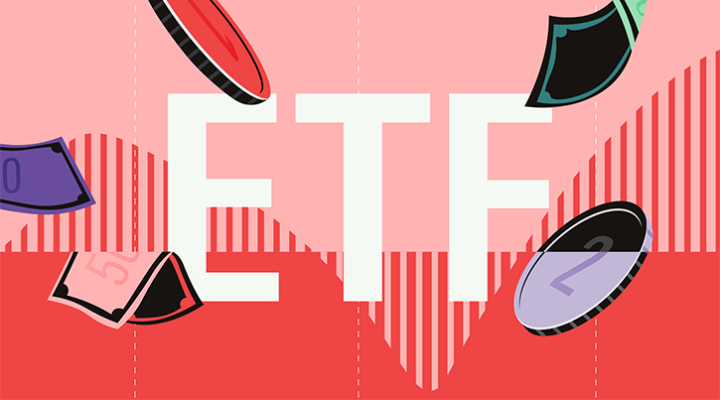The European funds industry enjoyed a solid March and a strong first quarter of 2012, which is unsurprising given buoyant markets and a (relatively) quiet period in the ongoing eurozone debt saga. Investors sent more than EUR 16 billion of new money to long-term funds in March, pushing their quarterly intake above EUR 50 billion. Meanwhile, money market funds attracted more than EUR 10 billion in March to finish the first quarter EUR 5.5 billion in the black. European funds will need more strong quarters to claw back their outflows of 2011.
At the asset class level, the picture is mixed. After two months of modest inflows, equity funds saw EUR 1.3 billion worth of net redemptions in March. Meanwhile, European investors sent nearly EUR 14 billion of new money to fixed income, bringing the quarterly total to EUR 37 billion for bond funds.
Allocation funds also shined, bringing in more than EUR 3 billion in March and nearly EUR 7 billion for the first quarter.
Bonds are King
In the US, investors have been fleeing equities for bonds for many months now. On this side of the Atlantic, however, the eurozone crisis made fixed income a tough sell in 2011. European investors redeemed more than EUR 50 billion in shares of bond funds from August through December 2011, as the prospect of sovereign defaults loomed large and risk aversion prevailed.
Recent flows to bond funds should not be interpreted as a vote of confidence in the eurozone, however. European investors are not flooding into government bond funds. Morningstar categories focused on corporate debt, corporate high yield, and emerging markets monopolized fixed income flows in the first quarter. Morningstar’s USD High Yield Bond category experienced organic growth of 18.3% over the first quarter, making it one of the fastest growing categories. European investors are clearly differentiating between troubled governments and profitable corporates, between the indebted West and cash-flush emerging markets.
Investor interest in high yield and emerging markets bonds can be seen as a global phenomenon and something of a return to trend for Europe. European investors sent roughly EUR 150 billion to bond funds in 2009-2010; corporate (especially high yield) and emerging debt were big drivers. Hunger for yield is clearly at play. It’s also likely that skittish investors are seeking alternatives to equities.
Convertible bonds likely benefit from this same ‘not quite equity’ perception. European investors sent more than EUR 1 billion to convertibles funds in the first quarter. Meanwhile, yields on bonds are falling and talk of a ‘bond bubble’ is growing.
Themes of Emerging and Yield Carry Over to the Equity Side
Given the above, it’s not surprising that the most popular equity funds of the first quarter were focused on emerging markets and income-oriented stocks. Aberdeen Global Emerging Markets took in EUR 1.5 billion for the quarter; investors sent nearly EUR 1 billion to both M&G Global Dividend and Templeton Asian Growth. The three funds hold Morningstar Analyst Ratings of Gold, Silver and Bronze respectively, reflecting our analysts’ conviction in their relative prospects.
The Emergence of Emerging Market Allocation
With organic growth of 34%, the fastest growing category (of meaningful size) in the first quarter was Global Emerging Markets Allocation. By far the largest fund in the category, Carmignac Portfolio Emerging Patrimoine, dominated flows in the period. But offerings from Capital International, Pioneer, PIMCO, and UBS also benefited from the concept of giving a portfolio manager some discretion to weigh equity versus debt-related opportunities in emerging markets.
























